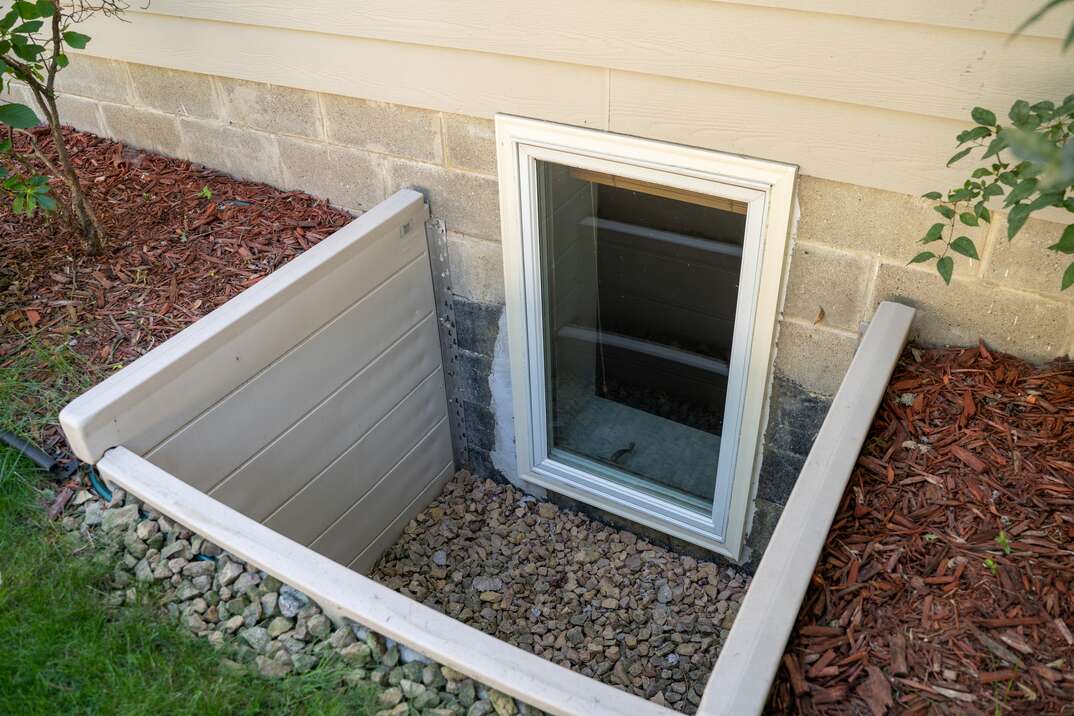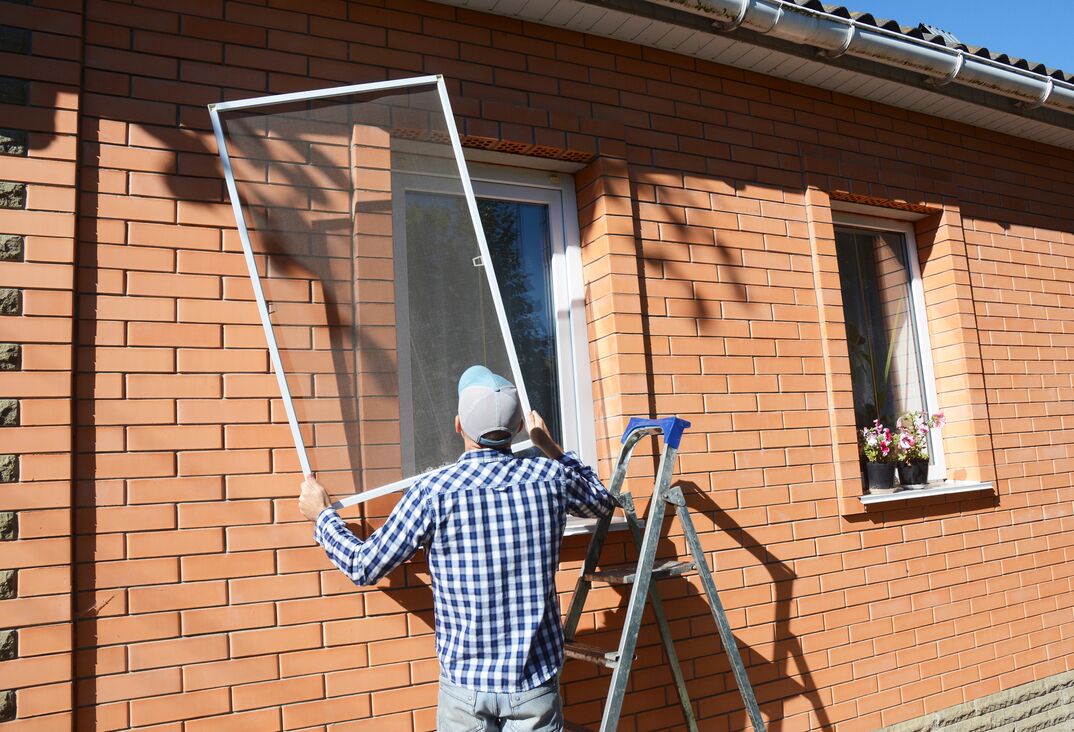7 Ways to Extend the Life of Your Roof
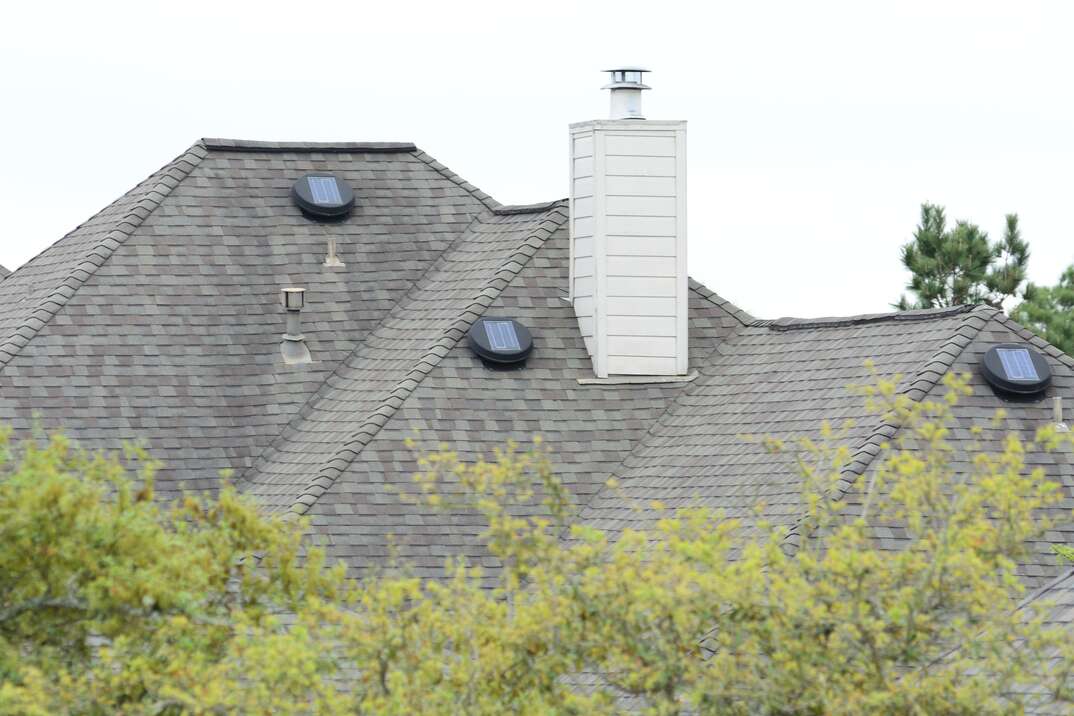
The roof is the most important part of your home and helps keep your family safe and comfy from the natural elements. It can also be one of the most important and expensive investments you make since replacing or repairing a roof isn’t the most budget-friendly project.
This May Also Interest You: What Are Gutter Guards — and Do You Need Them?
Considering the average cost of replacing a roof goes well into the thousands, you’ll want to do whatever possible to help increase its lifespan. Fortunately, there are a few routine tasks you can do to prevent any costly repairs or replacements.
How Long Do Roofs Last?
The total life expectancy of a roof depends on numerous factors. The two most important variables are the type of roof and the roofing material.
Asphalt Roof
An asphalt shingle roof can last anywhere between 15 and 25 years. With this roof, the types of shingles also impact its lifespan. Architectural shingles last 20 to 25 years, while three-tab shingles last 15 to 20 years.
Metal Roof
Meanwhile, a metal roof can last 50 to 70 years. Just like with shingle roofs, the material you use also plays an impact on its longevity. Zinc and copper tend to provide the longest durability.
Tile Roof
Tile roofs, typically made from either concrete or clay, can last more than 50 years. Clay is often the more durable material offering more than 50 years of durability compared to concrete which can provide between 30 and 50 years.
How to Extend the Life of Your Roof
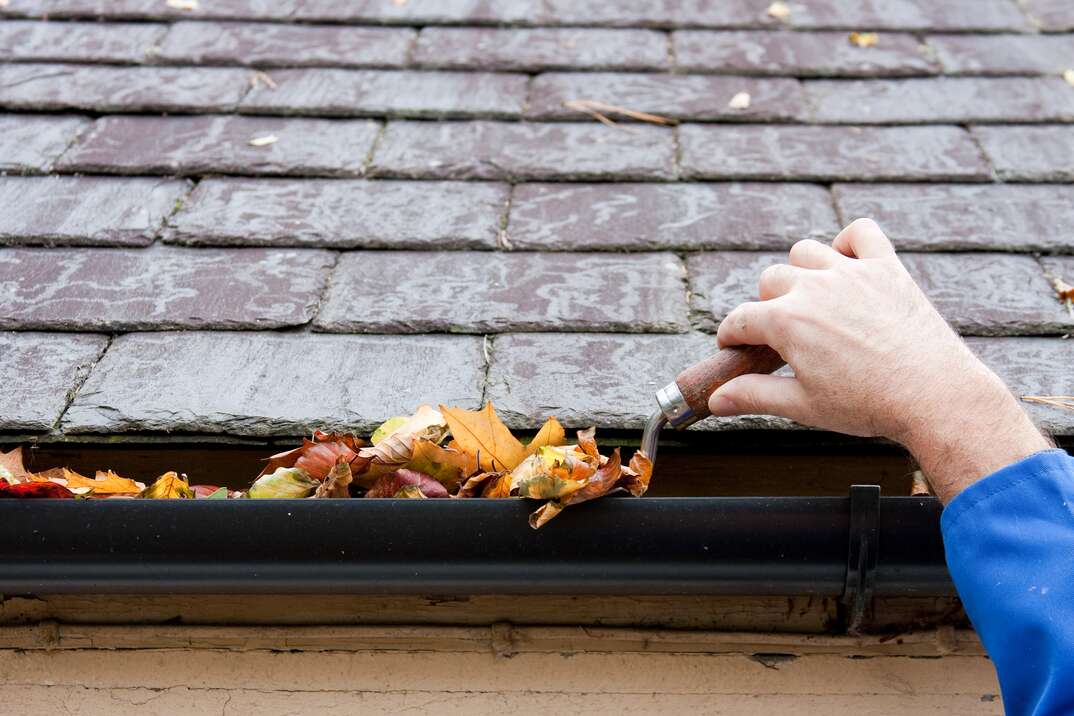
1. Routinely Clean Gutters
The gutters provide a way for water to flow away from your home. During a rainstorm or once the snow melts, the water needs a way to leave your roof to prevent water damage. A buildup of leaves, dirt or other debris can cause the gutter to clog up. With no way to drain, the water can deteriorate parts of your roof.
During the winter, the water can freeze up, leading to ice dams, and in other cases, the shingles can soak it up, causing them to decay. You can also run into water leaks as the water seeps into your home.
2. Get Your Roof Inspected
You can often tell the state of your roof by simply looking at it. However, to the untrained eye, you won’t always find the faults that a professional can. A professional roofer can help catch minor issues before they turn into big ones down the road.
This is why you should get the roof inspected periodically. It’s a good idea to get an inspection at least once a year, but assuming you're doing the proper maintenance, you can extend it out to every two to three years.

3. Trim the Tree Branches
Trees are great for the environment, but when they're too close to your home, they can cause issues. Trees with overhanging branches can damage your roof by scratching it or causing an impact if the branch breaks. These branches can also provide a path for pests to make it onto your roof.
You should trim any tree branches that directly overhang your roof. You can either do this yourself or leave it up to a professional.
More Related Articles:
- How Much Does It Cost to Install Metal Roofing?
- You Don’t Have to Be Rolling in It to Afford a New Roof: Roll Roofing Installation Costs
- What Are Solar Shingles ... and Do They Work?
- How Much Does a New Roof Cost?
- What’s a Storm Chaser and Should You Hire Them to Fix Your Roof?
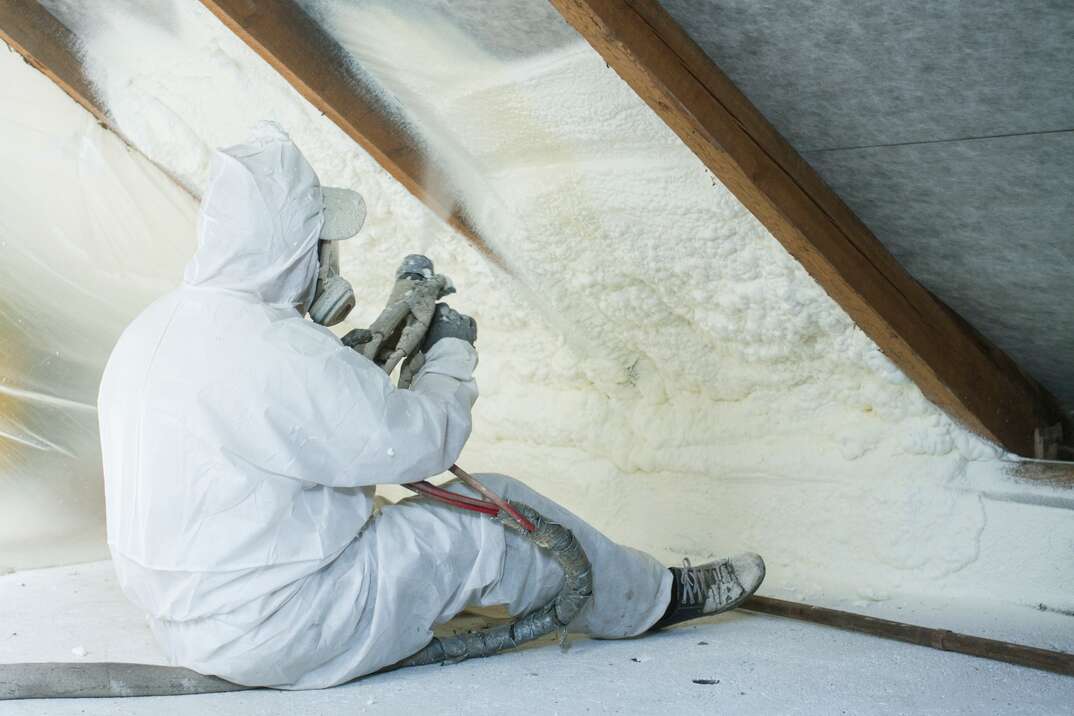
4. Add Home Insulation
Home insulation does more than just lower your energy costs. It can also help your roof last longer. Insulation can protect against a buildup of warm air, which can deteriorate your roof shingles.
One thing to watch out for when installing insulation is the attic vents. The vents keep the ventilation in your attic running smoothly, and if you accidentally cover them up, it can have a severe impact on your roof.
5. Clean the Roof
While it’s essential to routinely clean the gutters, it’s also just as important to clean the roof itself. Unfortunately, a house roof creates the perfect environment for things like moss and algae to grow.
While it can be tempting to pressure wash your roof, it’s something you should avoid. This concentrated amount of water and high pressure can damage the shingles. Instead, it’s better to simply scrub off moss or algae with a scrub brush, bucket of dish soap and water. Or you can use a specific moss or algae cleaner.
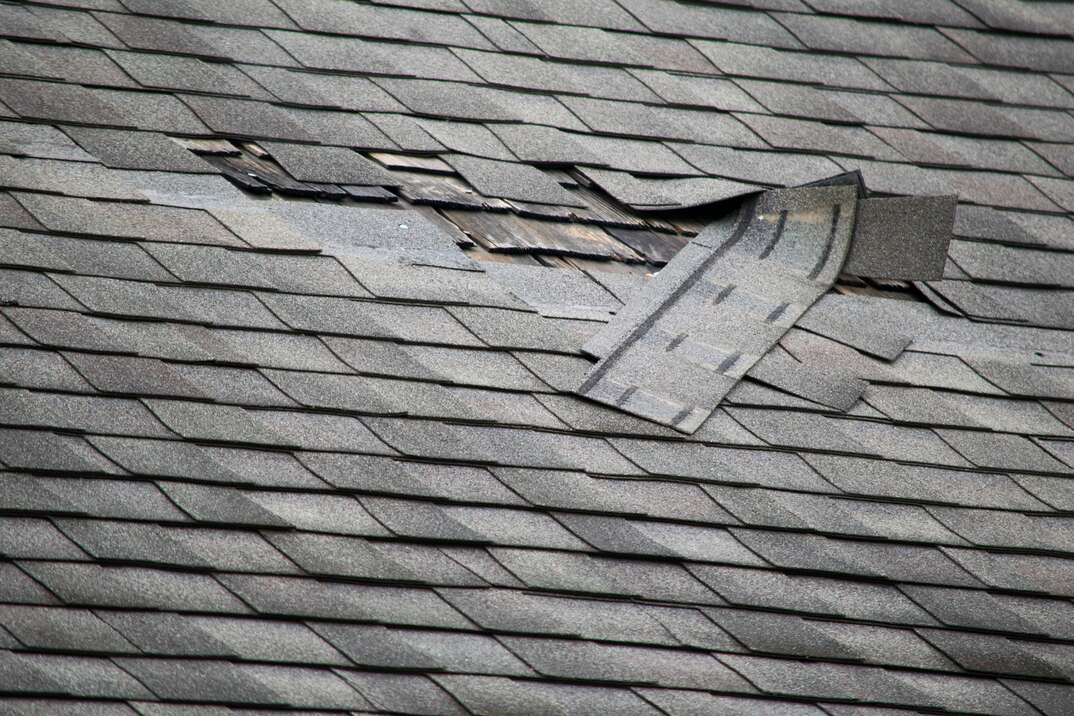
6. Repair Individual Roof Shingles
Over time, roof shingles are bound to break or even fly off. If you live in an area with harsh winds or heavy snowstorms, it’s not uncommon for a shingle to break off or become irreversibly damaged. You should keep an eye out for shingles that are missing, loose or in a curled position.
A missing or broken shingle can allow water to seep in and cause the seething below it to rot. Not only can this cause issues with your roofing structure, but it can also increase your energy bills as it reduces the efficiency of the roof. That's why it’s vital to replace or repair a shingle that’s been damaged.

7. Avoid Ice Dams
Ice dams are a common source of problems for people who live in areas with cold weather. While cleaning gutters can help prevent them, you can also do things like removing snow from the roof with a snow rake. Winterize your home before the cold season arrives and check that the areas below your roof, eaves and ridges receive good airflow to prevent possible freezing. As the ice dam forms, it can prevent the water in your roof from draining and cause internal roof leaks.

